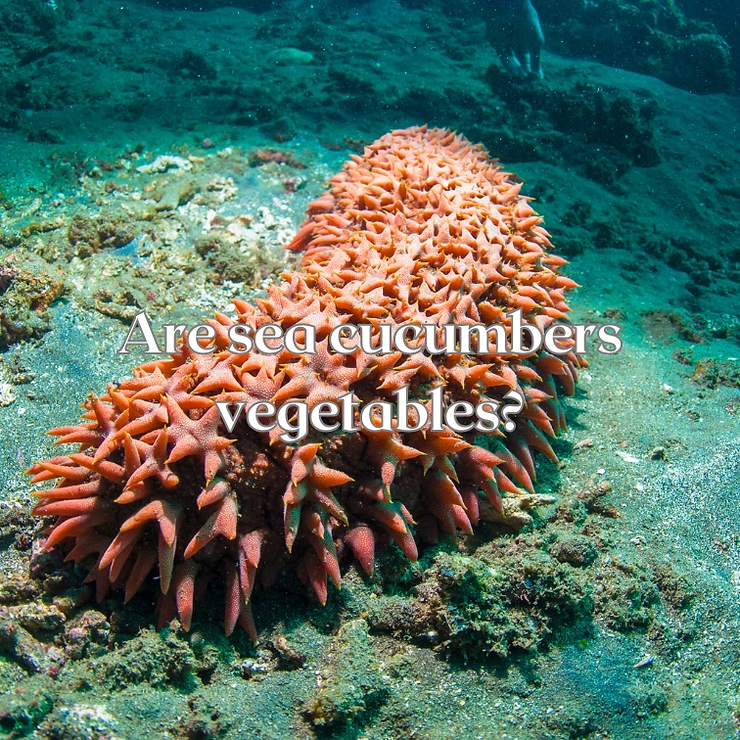What Exactly is a Sea Cucumber?
Sea cucumbers are not vegetables, despite their name. These elongated, leathery creatures belong to the echinoderm family, alongside starfish and sea urchins. Ranging from a few centimeters to over a meter, some display vibrant colors and patterns, while others blend into the ocean floor. Their slow, muscular movements help them crawl along the seabed, perfectly adapted to life in the deep.
Not Your Typical Vegetable
Unlike plants, sea cucumbers lack stems, roots, and leaves. Instead, they have soft skin and unique defenses. Many species can regenerate lost internal organs, and some can even change color or shape to camouflage. More importantly, sea cucumbers play a critical role in nutrient recycling, turning organic debris into usable energy for marine ecosystems.
- Regenerate organs to survive predation.
- Camouflage through color and shape changes.
- Recycle nutrients and aerate the ocean floor.
Sea Cucumbers: Unsung Heroes of the Ocean
Often referred to as the “vacuum cleaners” of the sea, sea cucumbers feed on organic matter and detritus, keeping the ocean floor clean. Their presence supports marine biodiversity by preventing waste buildup and providing food for fish, crabs, and sea stars. Without them, delicate food chains would face disruption.
- Consume detritus, preventing ecosystem imbalance.
- Provide vital nutrition for marine predators.
- Support healthy food webs and biodiversity.
The Culinary Delights of Sea Cucumbers
Across Asia, sea cucumbers are valued as luxury delicacies. Their gelatinous texture and subtle flavor make them a popular ingredient in soups, stir-fries, and braised dishes. In China, they symbolize wealth and health, often served at banquets, while Japanese cuisine favors marinated salads. Korean recipes highlight their nourishing qualities through hearty soups.
- Braised Sea Cucumber: Rich Chinese specialty with mushrooms and soy sauce.
- Sea Cucumber Salad: A refreshing Japanese preparation with vinegar and sesame oil.
- Sea Cucumber Soup: Korean dish simmered with vegetables for a restorative broth.
The Medicinal Properties of Sea Cucumbers
Traditional Uses
In Eastern medicine, sea cucumbers have long been used to strengthen immunity, ease joint pain, and improve fertility. These uses reflect cultural traditions passed down over centuries.
Modern Research
Scientific studies now explore sea cucumbers for their bioactive compounds. Rich in collagen, saponins, and antioxidants, they may support wound healing, reduce inflammation, and even offer anti-cancer potential. Low in calories yet high in protein and amino acids, they are increasingly viewed as functional foods.
The Controversy of Sea Cucumber Harvesting
Environmental Concerns
Rising demand has led to overfishing, threatening populations and ecosystem balance. Asian markets prize them for both food and medicine, creating pressure on wild stocks. Without regulation, some species face decline.
Sustainable Practices
Protecting sea cucumbers requires action. Sustainable methods include:
- Avoiding harvest of immature individuals to allow reproduction.
- Using selective methods instead of destructive bottom trawling.
- Promoting community-led management and awareness campaigns.
By combining regulation with education, we can ensure these creatures continue thriving in the wild.
Conclusion
Sea cucumbers may look strange, but their importance cannot be overstated. They clean the ocean floor, support biodiversity, enrich culinary traditions, and hold promise in modern medicine. Yet, unsustainable harvesting threatens their future. By embracing sustainable practices, we can protect sea cucumbers while enjoying the cultural and ecological benefits they provide. Next time you hear the name, remember — sea cucumbers are not vegetables, but extraordinary animals deserving of recognition and protection.

